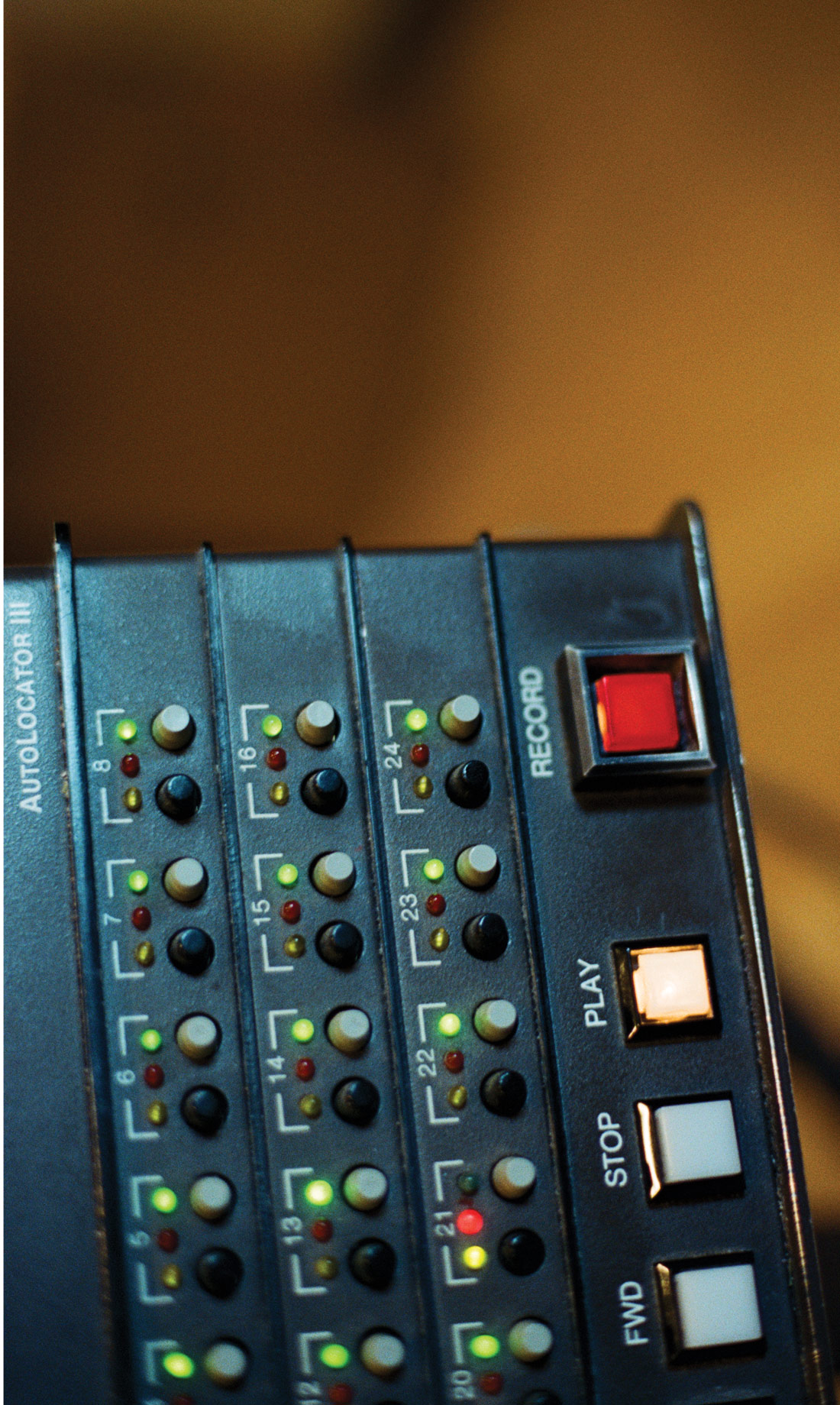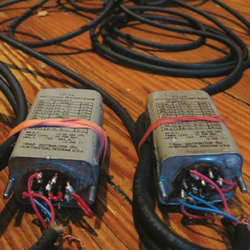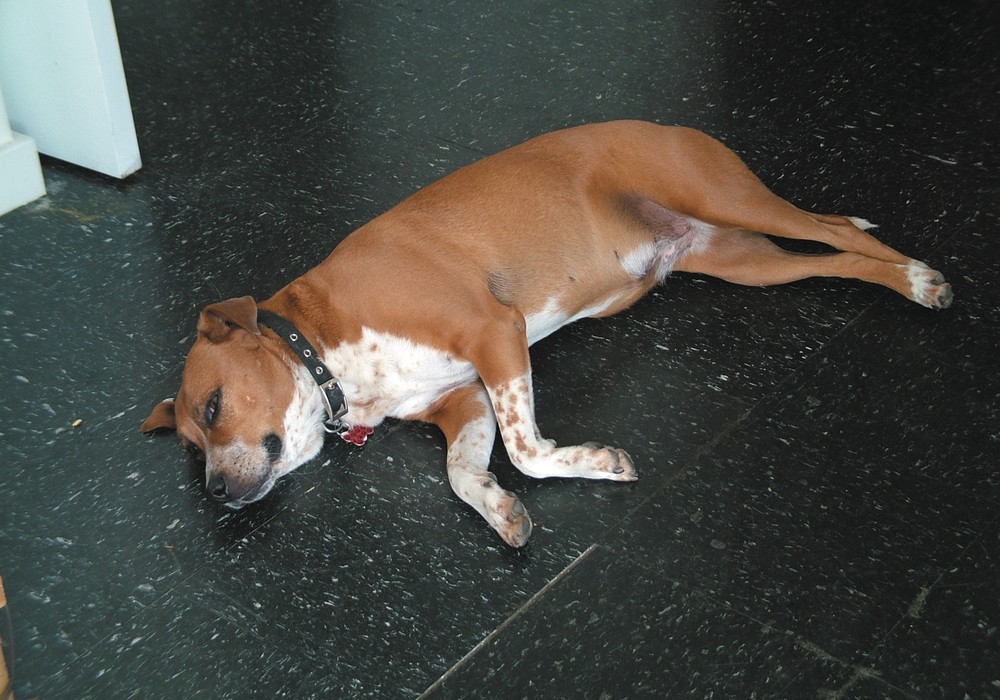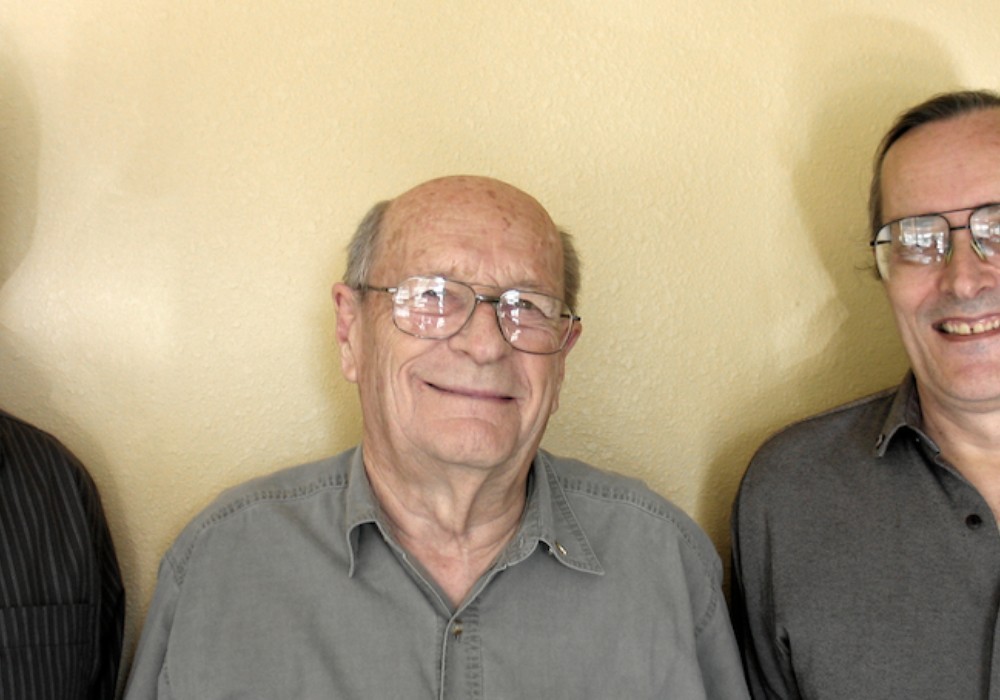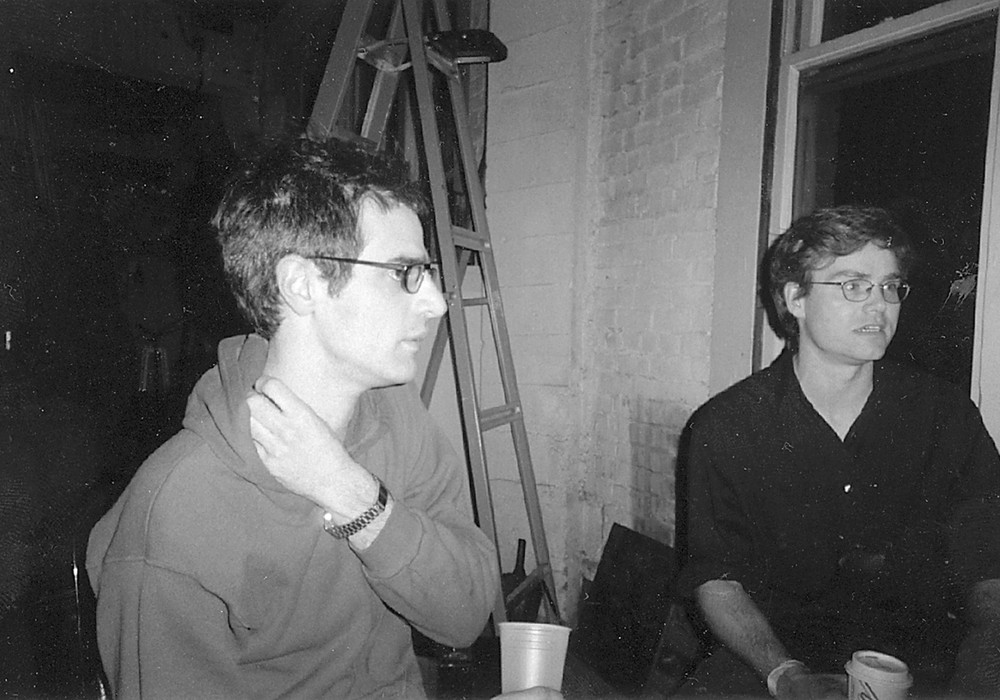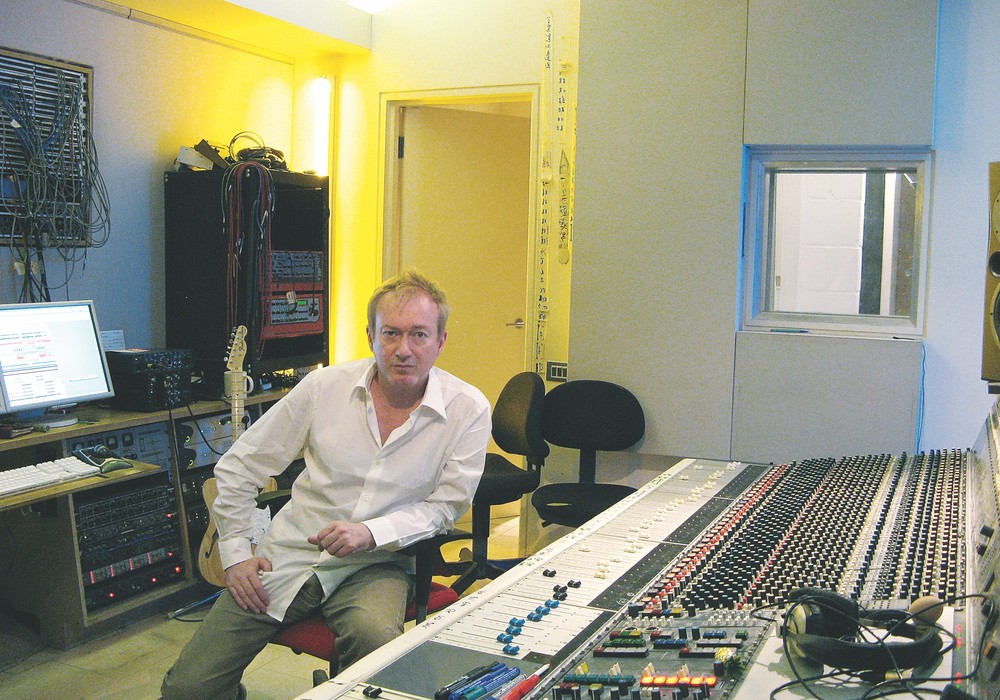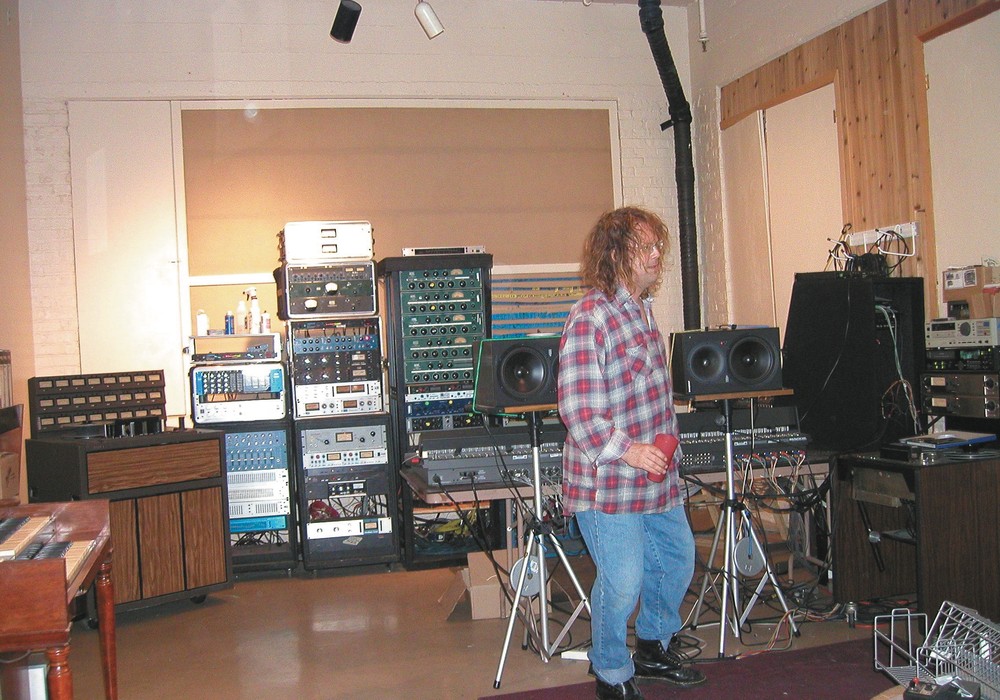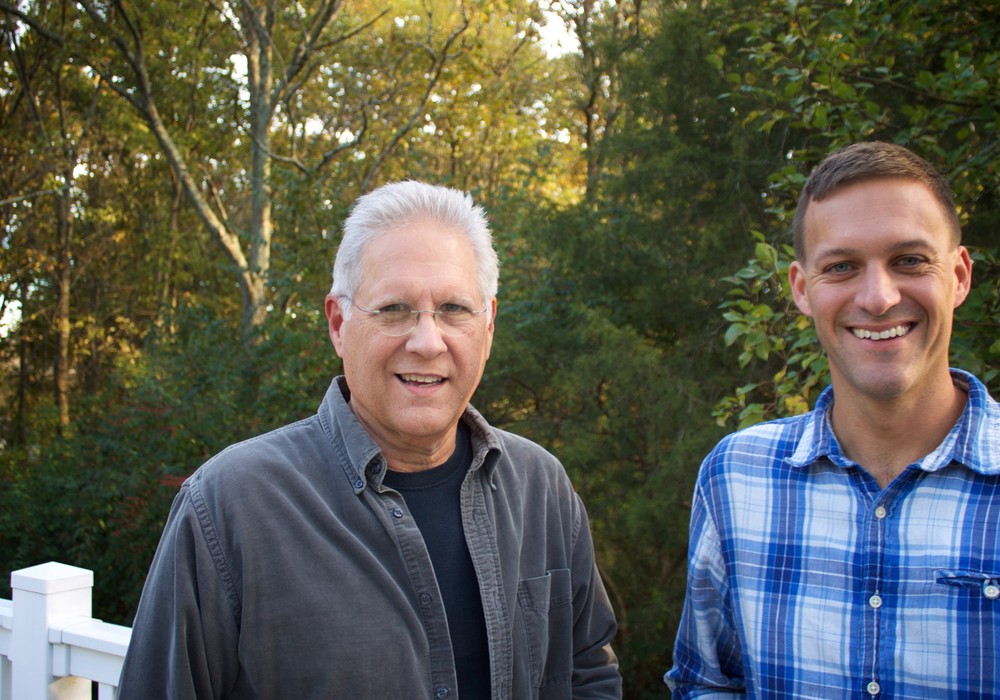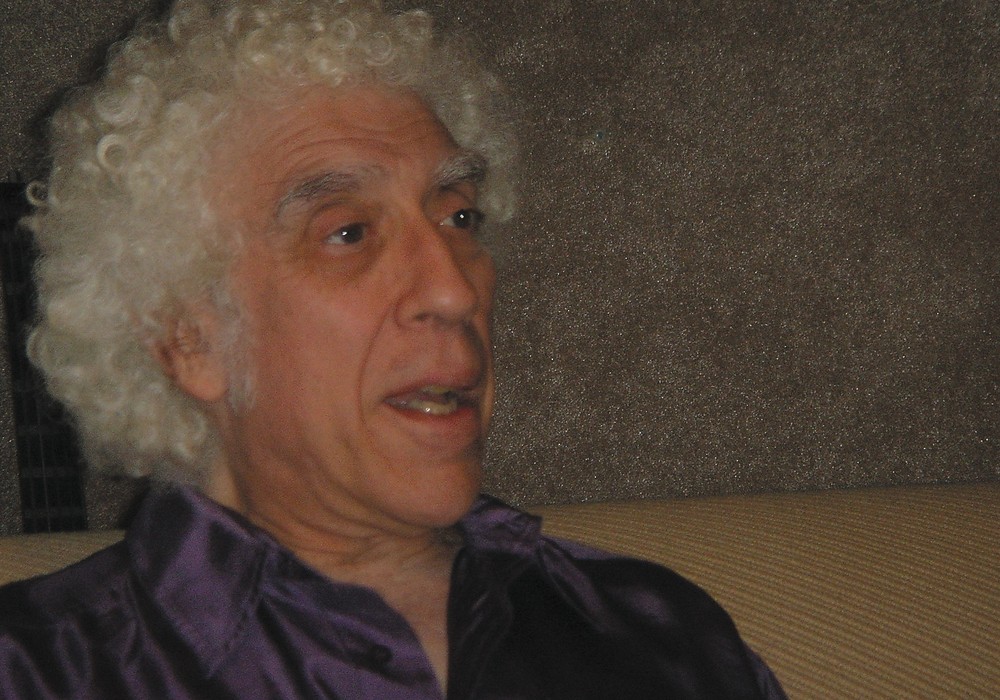A transformer is a device that transfers electrical energy from one circuit to another via inductively coupled conductors — coils of insulated wire wound (most often) around a ferromagnetic core. Transformers are useful in audio recording, as they can block DC voltage and facilitate electrical isolation between gear, but they also shape the sound of signals sent through them by introducing subtle, often very desirable "coloration." This may be a result of any combination of frequency response, time response, distortion or a number other factors for a particular transformer. These effects can be especially attractive when working in the digital realm, where sounds can be perceived as too "cold" or "digital."
We always hear how certain transformers in a piece of recording equipment add to the quality of its sound. If these transformers are so great, why not skip all the electronics and strap bare transformers into the audio path directly? The first time I heard and saw this done was at a mastering session with Nick Blagona in Toronto, when he ran a pretty crispy sounding master through a pair of vintage Marinar transformers that he had lifted from a Neve module. The sound was just right for this record — fat lows, punchy mids and a silky top. I personally hadn't had a chance to do much with this idea until I recently pillaged my repair guy's stock bins, and now I'm hooked on trying all kinds of transformers in all kinds of situations.
What you'll need are 600 ohm to 600 ohm "matching" transformers. These will generally work properly with the gear in our racks. Be careful of center-tapped transformers (center tap to ground). If these are exposed to +48 volts (from phantom power) in your system, they could easily be damaged. Simply wire your transformers up to cables that work with your gear or patchbay and you can insert them anywhere in your line-level signal path.
I've now tried transformers for processing all types of sources, and have fallen in love with many of the sounds I'm getting. My favorites so far have been a pair of vintage Triad HS-66s, as they add a mid-range thickness to the signal that really warms things up without obscuring the lows or the highs. On a full mix they add a heft and three-dimensional quality to the sound that, while certainly not achieving the full effect, leans in the direction of a vintage console. On individual instruments they have a fattening effect that's especially cool on kick drum and bass guitar. Pushing the signal can drive the transformer into distortion — sometimes a desirable lo-fi sound — though the need for an attenuator crops up pretty quickly. In one case I was tracking male/female duet vocals for the Brooklyn group The Loom, and found that the female singer had a strong midrange warmth that made the male voice sound a little thin in that area. By patching in one of the Triads after the compressor in his vocal chain, his sound warmed up just enough to match hers beautifully. Without disrupting the flow of the session, the transformer gave me just that little bit of harmonic complexity that I needed. It was like stirring a little more flour into the gravy, thickening to taste.
Another interesting pair of transformers...
